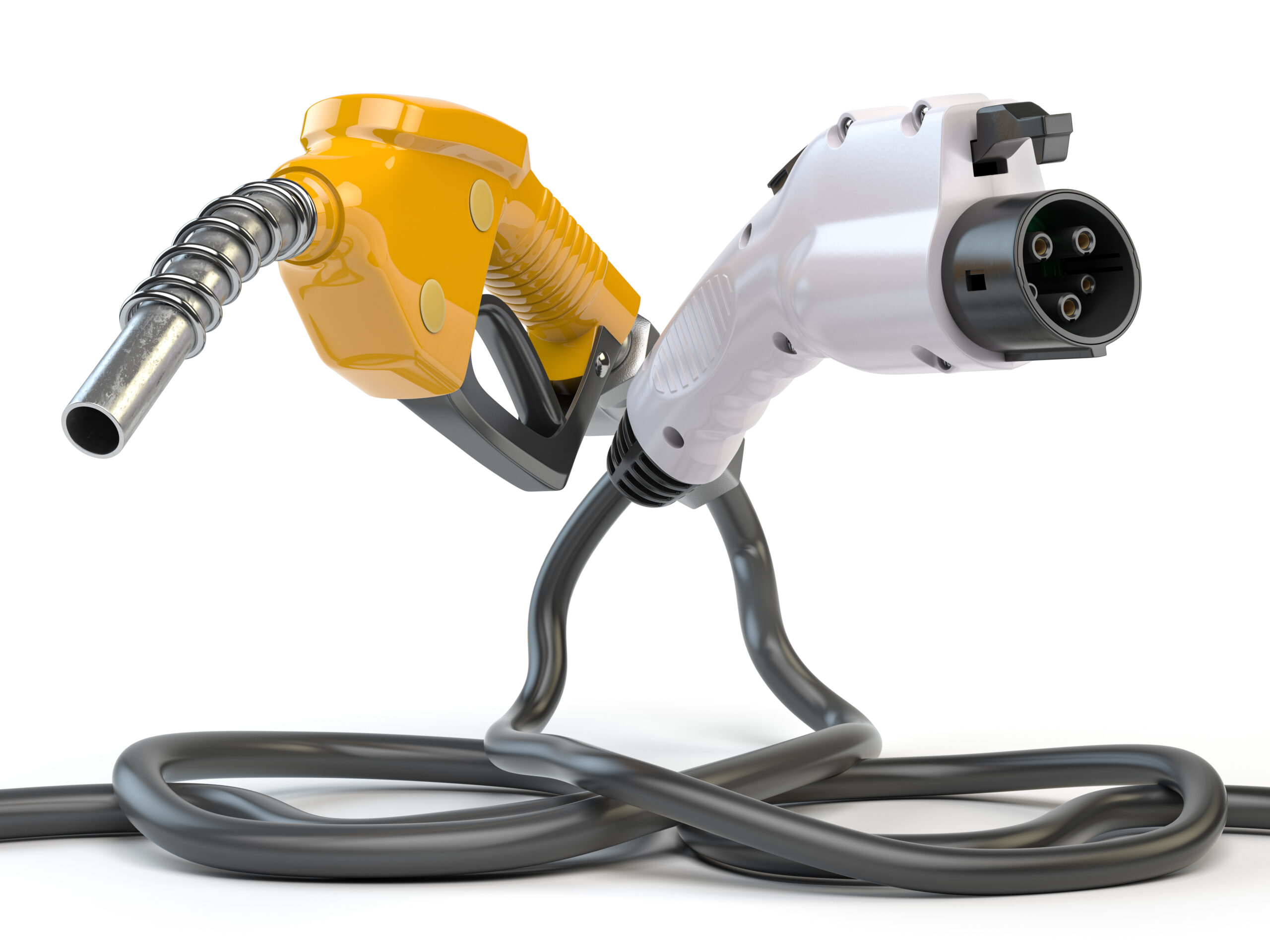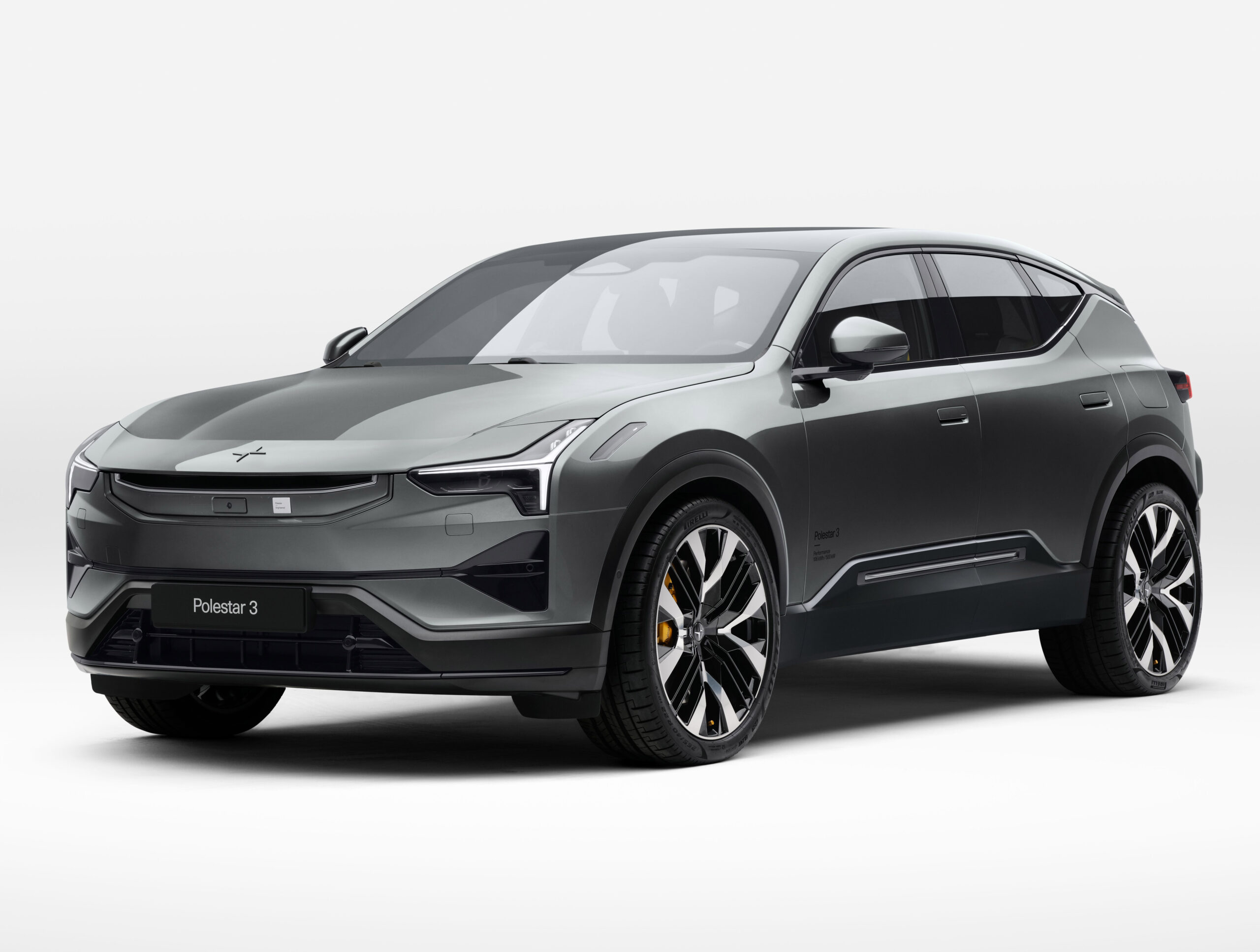

The 2023 Honda Pilot is bigger, more powerful and tougher, but perhaps a tad behind the times when it comes to interior tech. That doesn’t stop it from presenting all of the typical qualities that have helped make the Pilot such a popular model. It’s roomy and flexible, with clever seating options that we wish were available across the entire lineup. It also skips the jump to turbo-4s and introduces a new V6 that should be a tad more efficient than the outgoing model, but no less buttery and smooth. This is undoubtedly a solid update for the Honda Pilot, but read on to see why it just misses out on the winner’s circle for three-row family crossovers in America.
Design-wise, the fourth-generation Honda Pilot says ‘screw you’ to the more minivan-like persona of the outgoing model and looks more like an early-2000s Passport. The car hasn’t shrunk in size, however. It is taller, longer and wider with a longer hood and a more upright and squared-off front grille. The grille emulates the design of the new CR-V’s, though similarly shares no components with the smaller HR-V. That model gets 100% LED exterior lighting on top trims, the CR-V and Pilot do not. Even the rear turn signals are incandescent on the top Elite trim for over $52k.
This is no second-gen Pilot, however. The rear end retains a rounder shape than that model, with a seemingly narrower-than-average trunk opening. Some people have compared the 2023 model to a Dodge Durango or Subaru ‘something’, but one thing’s for sure: its design now skews more towards a tough off-roading SUV than a family-hauling MPV. In fact, that’s the sole mission of the Trailsport trim. 8.3 inches of ground clearance (+1.0″), wider 265-mm all-terrain tires, a stronger rear differential, Honda’s i-VTM4 torque-vectoring all-wheel drive system, as well as skid plates protecting the oil pan, transmission and gas tank (but mysteriously, not the rear diff.).

The interior is a mixed bag of improvements. On the positive side, the dashboard has the new family look with a horizontal element made of faux leather and stitching, a storage cubby in front of the passenger, an available panoramic moonroof (a class-exclusive pairing with 8-passenger seating of the Elite trim), loads of head room in the back, and generally good materials throughout. The negative? The new larger infotainment screens are still some of the smallest in the class, the front passenger seat doesn’t get nearly the same range of adjustment (and the driver only gets two-way lumbar even on the Elite trim), the seat belts for the middle-of-bench passengers still come out of the ceiling, plus the second and third row are missing a few creature comforts you might find on some of the competition. The cabin is nice and quiet for a Honda, though, with the solid V6 engine note only intruding under hard acceleration.

Cargo space is plentiful in this Pilot. Behind the third row is an under-floor storage area where the removable second-row jump seat can be stored. That compartment is in addition to this area’s total 22.4 cubic feet of space. Folding down the third row gives you up to 59.5 cubic feet, while the entire cargo area with ll seats down can be as voluminous as 114.3 cubic feet. These dimensions change whether you have the fixed 7, fixed 8, or flexible 8-passenger seating.

The 2023 Pilot is powered exclusively by a new naturally-aspirated V6. It is now a DOHC setup instead of SOHC and produces 285 horsepower, making it the most powerful V6 the company has ever made. The old ZF 9-speed auto has been replaced by a new in-house Honda 10-speed auto that shifts beautifully and responds quickly to inputs. Honda’s i-VTM4 all-wheel drive is also available (standard on Trailsport and Elite) and can send 70% of overall torque to the rear axle with 100% of that able to be sent to a single wheel. A limited-slip rear differential helps out with that, while a standard engine cooler enables 5,000 pounds of towing from the AWD models, so you don’t have to go to the dealer to get that added anymore. Front-wheel drove models will get 22 mpg combined while all-wheel drive models will get 21. The Trailsport drops that down to 20 due to its higher ride height and extra weight.
The defining feature of the new Honda Pilot out of the road has to be the new 10-speed automatic transmission, which is an in-house design by Honda and is absolutely fantastic. The ZF 9-speed in the previous generation Pilot was pretty controversial because it did not feel like most automatic transmissions. There was a peculiar variability in the speed of each shift, especially when downshifting. This new transmission does not have that feeling at all. It doesn’t matter what gear you’re in, everything feels just as you’d expect. First gear is extremely low, giving the engine a torquey feel off the line. We suspect this new Pilot is going to take just below seven seconds to get to 60 mph.
Most models will have 55-mm-wide tires, but the all-terrain tires on the Trailsport are 265-mm-wide. Thanks to the torque-vectoring axle, this is a decently fun car to drive when the road starts to wind, but it’s not tuned towards the firmer side of things. The ride is definitely pretty average for a 3-row crossover, so it soaks up small bumps in the road really nicely. There is a little bit of body roll in the corners and you will definitely notice some tip and dive just as we’d expect out of the vehicle that’s tuned for highway duty and, of course, for carting the family around. The AWD system is fantastic as always, not just because of its off-road ability, but because of its torque-vectoring ability. At times this feels like it has a rear power bias. Handling is basically going to be the same as any other model, but the way this can power out of a curve will be noticeably absent from the front-wheel drive variants.
The ride quality is definitely softer than some of the more performance-oriented vehicles out there, but not as soft as an air suspension-equipped Jeep Grand Cherokee. Obviously the specially-equipped Jeep is going to be a lot more expensive than this, so keep that comparison in mind. As far as the suspension tuning for rougher roads, the Honda Pilot is very similar to something like a Telluride or Highlander, though the Trailsport model is probably even a bit softer. Even if you don’t need the extra of off-road ability, you might want to take a look at the Trailsport model because it is going to be a little bit more comfortable. Cabin noise as well-controlled, something the previous Pilot struggled with a little bit. We suspect this is probably going to be somewhere around 71 decibels at 50 mph, though the Trailsport with its wider an meatier tires might introduce more road noise into the cabin. 71 would be right in line with most of the competition, though. As far as fuel economy goes, we were averaging 20 mpg over a day of mixed driving. That’s a little bit below what the EPA says we should have been getting, but that’s to be expected because of the altitude in Sedona, Arizona. We wouldn’t be surprised if this actually over-performed out on the highway thanks to the cylinder deactivation system as long as you keep speeds reasonable.
At the end of the day, if you want something that’s quiet, confident, and definitely peppy, you’ll want to take a look at the 2023 Honda Pilot. The extra gear ratio and especially the aggressive first gear ratio gets this off the line much faster than the Highlander or the Telluride/Palisade. The transmission also comes across as smoother than what we find in the Pathfinder, but if you want the smoothest transmission the segment, we think that will continue to be the 8-speed ZF transmission found in the Grand Cherokee. That car costs an awful lot more than this, though, and it’s not really going to be any faster because the Jeep weighs a good bit more.
Thanks to the torque-vectoring axles in the rear, which can also function as a limited slip differential, capability is notably higher than the off-road formats of basically all of the Pilot’s competition outside of Jeep or Land Rover. This is certainly more capable intrinsically as far as the core capabilities of the mechanical all-wheel drive system from the Korean twins or something along those lines. There currently is no off-road version of the Highlander to compare to, although its all-wheel drive system in the top-end trims is semantically not too far off what we see here. If you want to take things to the next level and you want a two-speed transfer case, you want the true locking differential in the rear, you’re going to have to look for something like the Jeep Grand Cherokee, but this will get you much further off the beaten path than basically all of the general competition, including the Subarus of the world. Subaru does a really good job when it comes to all-wheel-drive software tuning, but the core hardware in the system is not able to send as much power to the rear as this, and there’s no limited-slip functionality. As such, this can send more power to the rear axle and more power to a single rear wheel than any Subaru that is currently sold in North America.

Taking the Pilot Trailsport onto the trails of Sedona proved that it is very capable as far as mainstream 3-row crossovers go. There are a few caveats that you should know about, though. Up front, the overhang is still relatively long. Approach/departure angles aren’t going to be as good as a Defender or Wrangler. They have more ground clearance and a lot more wheel articulation. Nevertheless, if you put the Pilot in off-camber situations, you’ll notice it is very possible to get one wheel up in the air. It’s fortunate that the traction control system can deal with that, but it is much less likely to get one wheel up in the air than a vehicle with a lot more suspension articulation. A car with all of these attributes is going to be more complicated, more expensive, and bring along too many on-road compromises. You need things like disconnecting sway bars or an air suspension, and your independent suspension would need to be designed very differently to accommodate that kind of articulation. All of that would increase unreliability, costs, etc., and is just not rational for an occasional-use off-road vehicle like the Pilot Trailsport truly means to be.
The 2023 Honda Pilot is still a solid option in the three-row crossover segment. Honda even paused the development process to to reflect on its image, and later came back with a more capable and stylish vehicle for 2023. Though these desires can be misguided at times, the American family wants to know it can take its SUV off the pavement and into the wilderness without breaking a sweat, all while looking tough, riding smooth and comfortably fitting at least four people, luggage, and maybe a dog. The Pilot does a really good job at setting those families up for success, but when it comes to pricing, it may just let them down a bit.
The trim structure goes as follows: LX, Sport, EX-L, Touring, Trailsport, and Elite. The Trailsport and Elite come standard with all-wheel drive, but it is available on the rest of the lineup. The base LX trim starts at $35,950 and deletes options like heated power seats, a leather-wrapped steering wheel, keyless entry, fog lights, roof rails, and blind spot monitoring. The next rung up is the Sport trim at just below $40k. It gets darker accents and wheels but adds back the roof rails and interior creature comforts. The Trailsport will start at $48,350 with all of its off-roading intentions, while the Elite trim comes pretty fully-equipped at $52,030. The head-up display, digital instrument cluster, and main infotainment display are all smaller than what you’ll find on the comparably-priced competition. While that pricing spread is in line with what you’ll find in most of the competition, make sure you do a deep dive into the structure to make sure Honda hasn’t shifted your most wanted features around and priced them out of reach, as the Pilot and the rest of Honda’s 2023 lineup have experienced a bit of that.



